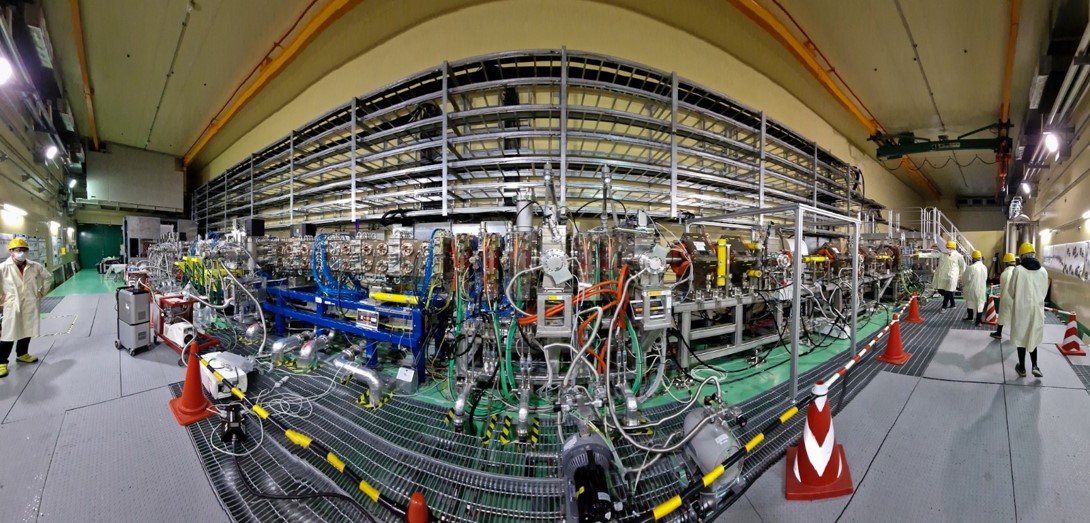GTD Science, Infrastructures and Robotics is designing and implementing the safety control system for the Linear IFMIF laboratory in Japan. The International Fusion Materials Irradiation Facility (IFMIF) is a research project aimed at studying the behavior of materials in the harsh environment of a fusion reactor. IFMIF will use a high-energy beam of ions to simulate the intense radiation that fusion materials will be exposed to in a real fusion reactor. The results of the experiments conducted at IFMIF will be crucial for the development of fusion energy as a sustainable source of power, as they will provide important information about the properties of materials that will be used in fusion reactors. Fusion energy is a promising technology that has the potential to provide a virtually limitless and sustainable source of energy. The key challenge in developing fusion energy is creating the conditions necessary for fusion to occur, namely, high temperatures and pressures. To achieve these conditions, scientists are designing fusion reactors that use magnetic confinement to contain and control the plasma, a hot mixture of ions and electrons. The materials used in fusion reactors are subjected to intense radiation and high-energy particles, and it is essential to understand how they will behave under these conditions. The International Fusion Materials Irradiation Facility (IFMIF) is designed to simulate the harsh environment of a fusion reactor by using a high-energy beam of ions to irradiate materials. This allows scientists to study the properties of materials before they are used in a real fusion reactor, providing critical information that will help to optimize the design of fusion reactors and increase their overall efficiency and safety. IFMIF is a critical component of the ongoing effort to develop fusion energy as a sustainable source of power. By studying the behavior of materials in a simulated fusion environment, IFMIF will help to advance our understanding of the materials science of fusion energy and bring us closer to realizing the full potential of fusion as a clean and abundant source of energy. Meeting with our Japanese colleagues …






.jpeg)












